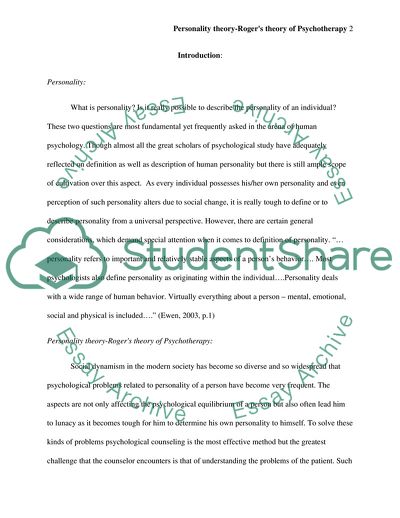Cite this document
(Personality Theory: Roger's Theory of Psychotherapy Term Paper, n.d.)
Personality Theory: Roger's Theory of Psychotherapy Term Paper. Retrieved from https://studentshare.org/psychology/1727327-personality-theory-rogers-theory-of-psychotherapy
Personality Theory: Roger's Theory of Psychotherapy Term Paper. Retrieved from https://studentshare.org/psychology/1727327-personality-theory-rogers-theory-of-psychotherapy
(Personality Theory: Roger'S Theory of Psychotherapy Term Paper)
Personality Theory: Roger'S Theory of Psychotherapy Term Paper. https://studentshare.org/psychology/1727327-personality-theory-rogers-theory-of-psychotherapy.
Personality Theory: Roger'S Theory of Psychotherapy Term Paper. https://studentshare.org/psychology/1727327-personality-theory-rogers-theory-of-psychotherapy.
“Personality Theory: Roger'S Theory of Psychotherapy Term Paper”. https://studentshare.org/psychology/1727327-personality-theory-rogers-theory-of-psychotherapy.


